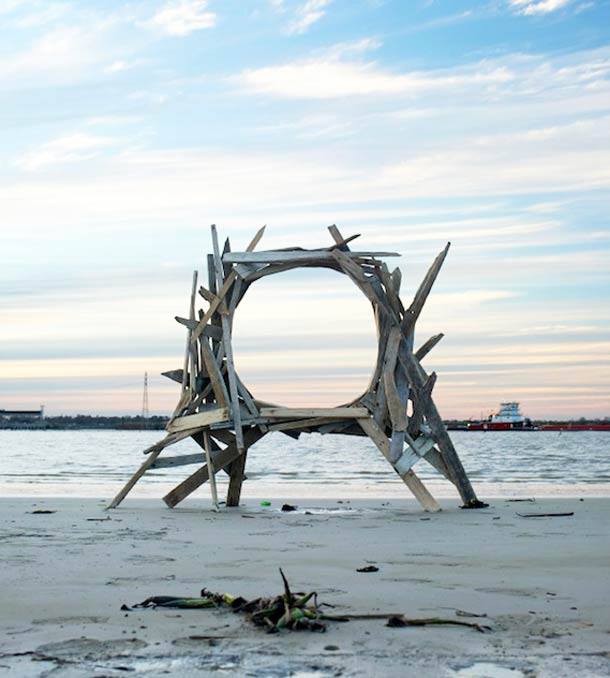
Gary Hill
Cutting Corners Creates More Sides
A spoken text …rummages through piles of surplus; boxed accouterments and that unaccounted for miscellanea… and the uneasiness of language itself as it grapples with the whereabouts of the necessary words. The narrative debris morphs through manifolds of optical glass with each utterance marking points along the way. On a long, black tableaux two cameras with little or no depth of field, sentence by sentence cut through a mysterious world of a seemingly inconsequential lineup of objects, tools, parts, bits and the unidentifiable forgotten –whatever might have been close at hand becomes enfolded in a richly colored crystalline doppelgänger image. For each sentence and “drilling” through the objects, the cameras’ parallaxes have been adjusted for a different cross section—the point where momentarily a continuous horizontal view is possible only to then quickly deconstruct as quickly as it formed. The object/installation itself is a self-contained self-reflexive mobile surface complete with positional projectors and screens and a narrow black “runway” of sorts reflecting the initial process of recording.








